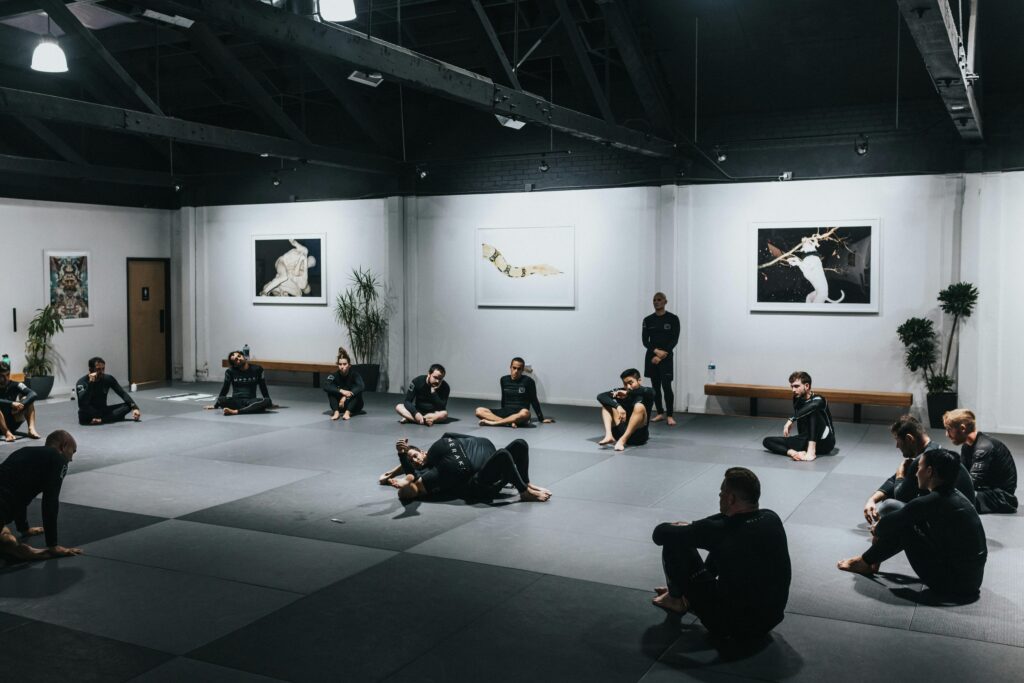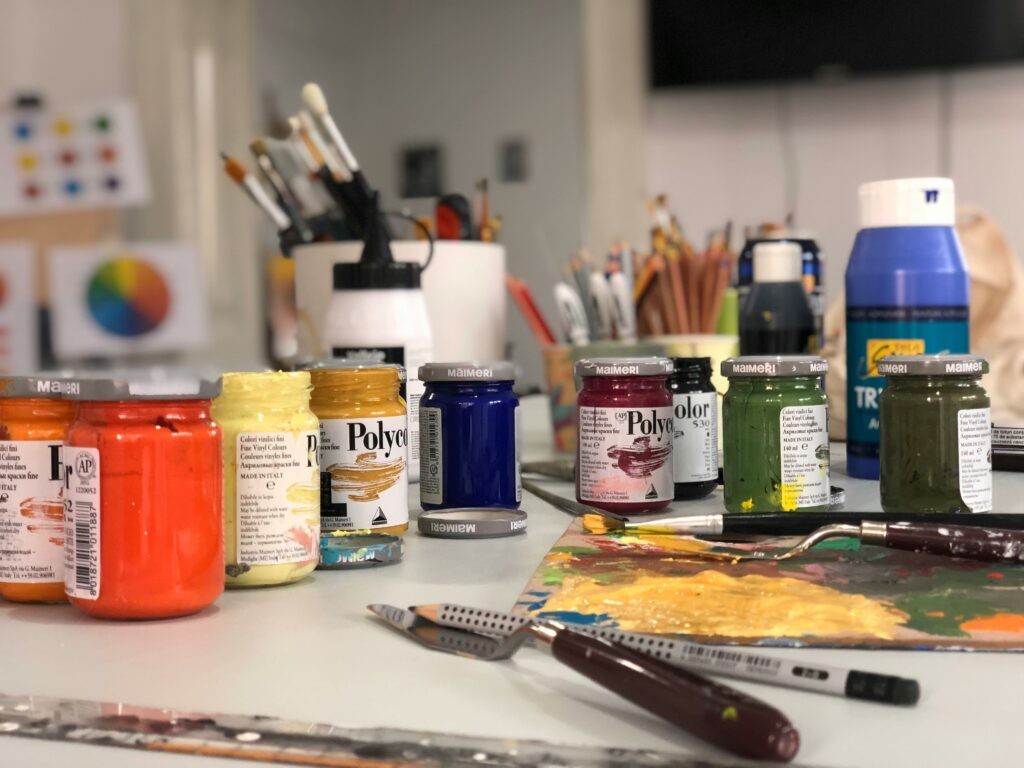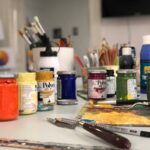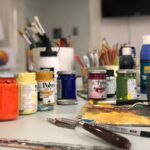Now Reading: Using Art to Heal Addiction: A Creative Path to Recovery and Self-Discovery
-
01
Using Art to Heal Addiction: A Creative Path to Recovery and Self-Discovery
Using Art to Heal Addiction: A Creative Path to Recovery and Self-Discovery

Addiction recovery is more than stopping the use of drugs or alcohol. It’s a deep and personal process of rebuilding, feeling, and understanding. For many, the healing process can feel overwhelming, especially when emotions are difficult to put into words. That’s where using art to heal addiction becomes a powerful tool for recovery.
Art allows people to explore their thoughts and emotions in a safe, creative space. It offers a way to express pain, joy, confusion, and hope—without needing to speak. Whether through drawing, painting, sculpting, or collage, using art to heal addiction encourages emotional release, self-awareness, and transformation.
In this article, we’ll explore how art therapy supports recovery by reducing stress, expressing emotions, and helping individuals rebuild their identity after addiction.
Why Art Matters in Addiction Recovery
Addiction often starts as a way to cope with emotional pain or trauma. Substances offer temporary relief but leave behind more damage—physically, mentally, and emotionally. During recovery, many people struggle with:
- Unprocessed trauma
- Intense emotions
- Loss of identity
- Low self-esteem
- Cravings and anxiety
Traditional therapy and support groups are essential, but they don’t always reach the emotional depths where healing begins. Using art to heal addiction offers an alternative path—one that speaks through colors, shapes, and textures rather than just words.
According to the American Art Therapy Association, creative expression helps individuals explore feelings, reduce anxiety, and increase self-confidence during addiction recovery 1.
How Using Art to Heal Addiction Reduces Stress
Stress is one of the biggest triggers for relapse. During early recovery, the nervous system is often in overdrive. Creating art helps calm the body and mind.
When a person paints, draws, or creates, their focus shifts from worry to the present moment. This process slows breathing, lowers heart rate, and encourages mindfulness—much like meditation.
A 2016 study in Art Therapy: Journal of the American Art Therapy Association found that just 45 minutes of creative activity significantly reduced cortisol (the body’s main stress hormone) in participants 2.
Using art to heal addiction provides a healthy, accessible way to manage stress, especially during tough emotional moments.
Art as a Tool to Express Emotions in Recovery
Many people in recovery find it hard to express how they feel. Some emotions may be too painful, while others may feel confusing or unfamiliar. Art becomes a safe container for these feelings.
For example:
- A dark color may represent grief or anger.
- A torn paper collage may symbolize broken relationships.
- A glowing sun in a painting may reflect hope and healing.
By using art to heal addiction, individuals can express their emotional truths without needing to find the “right” words. This visual expression often leads to breakthroughs in therapy and personal insight.
Rebuilding Identity Through Creative Self-Discovery
Addiction often steals a person’s sense of self. Many people enter recovery unsure of who they are without drugs or alcohol. Art helps fill that gap.
Through the creative process, individuals begin to explore:
- What do I value?
- What brings me peace?
- Who am I beyond my addiction?
These questions are not answered through lectures—they are discovered through action, creation, and reflection. Using art to heal addiction gives people the tools to rediscover their identity, build confidence, and connect with their inner voice.
Art therapy also improves self-esteem. Completing a project—even a small one—can spark a sense of pride and capability.
Common Art Therapy Practices in Recovery
Art therapy doesn’t require any artistic skill. It’s about process, not perfection. Here are a few practices that help support healing:
1. Feelings Mandala
Create a circular design filled with colors, patterns, or images that reflect current emotions. Mandalas are grounding and meditative.
2. Addiction vs. Recovery Collage
Use magazine clippings, drawings, or words to represent what addiction felt like and what recovery looks like. Compare and reflect.
3. Self-Portrait
Draw yourself as you are now—or as you want to be. This promotes self-reflection and goal setting.
4. Visual Journaling
Combine daily sketches with short reflections or affirmations. This encourages emotional awareness and gratitude.
All of these activities support the process of using art to heal addiction by making thoughts and feelings visible—and manageable.

Real-Life Story: Healing Through Art
Amanda, 34, struggled with opioid addiction for over a decade. During treatment, she had difficulty speaking about her past. Her counselor suggested trying art therapy.
“At first, I just colored with crayons. Then I started drawing how I felt—tangled lines, black clouds, broken hearts. No one judged me. Slowly, my pictures started changing. I added light. I drew flowers. That’s when I realized I was healing.”
Today, Amanda still uses art to stay grounded and express herself. “Art gave me a voice when I couldn’t speak,” she says.
How to Start Using Art to Heal Addiction at Home
You don’t need a therapist or studio to get started. Art can be part of your daily recovery practice, right from home.
Tips to begin:
- Keep it simple: Use pencils, markers, or paint.
- Set a routine: Create for 10–15 minutes each day.
- Use prompts: Try “How do I feel today?” or “What does recovery look like?”
- Let go of judgment: Focus on feeling, not results.
- Reflect afterward: Ask yourself, “What did this process teach me?”
You may also find free expressive art therapy exercises online or attend community art groups in your area.
Final Thoughts: Art as a Lifeline in Recovery
Using art to heal addiction offers more than a creative outlet—it offers connection, expression, and hope. It helps people slow down, understand themselves, and process emotions that words may not reach.
In recovery, we often search for tools to handle stress, face emotions, and rebuild our lives. Art gives us all of that—and more. It reminds us that healing is not always linear, but it is possible, one brushstroke, scribble, or collage at a time.
Whether you’re in early recovery or years into your journey, pick up a pen, a crayon, or a brush. Your story deserves to be seen—and healing can begin on the page.
Sources
- American Art Therapy Association. (2023). What Is Art Therapy? [https://arttherapy.org] ↩
- Kaimal, G., Ray, K., & Muniz, J. (2016). Reduction of Cortisol Levels Following Art Making. Art Therapy: Journal of the American Art Therapy Association. ↩

Jen Sheldon is a seasoned writer with a passion for fitness, health, wellness, and addiction treatment. With years of experience crafting insightful and research-backed content, she helps readers navigate their journey toward better well-being. When she’s not writing, you’ll find her exploring new workout routines or diving into the latest health trends.


























